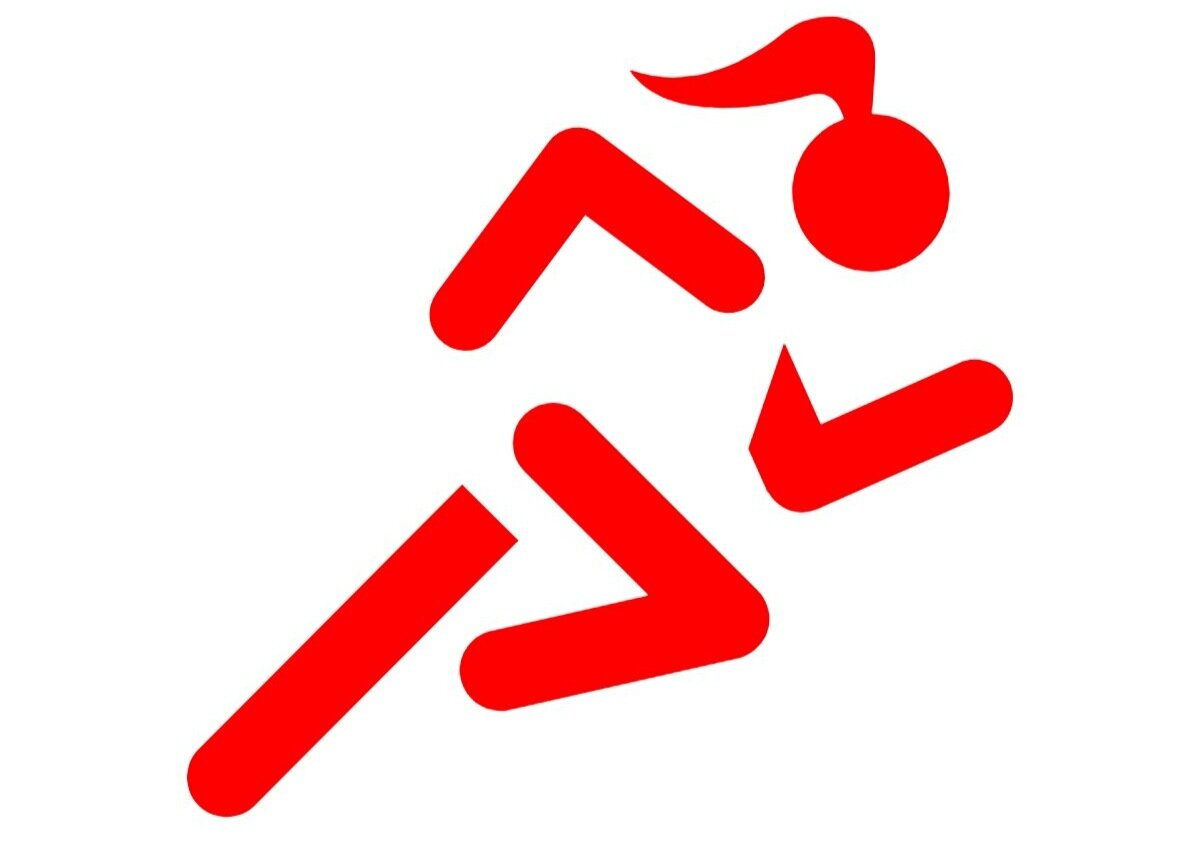Is running bad for your knees?
How many times have you been told to stop running because it’s bad for your knees? The good news is that it isn’t.
You might suffer a knee injury, but it’s by no means guaranteed and there is lots you can do to reduce the risk of knee injury.
First let’s look at the knee:
The knee is a hinge joint, predominantly moving forward and back, with little side to side or rotational movement. The main muscles that cross the knee joint are the hamstrings (at the back of the knee) and the quadriceps (at the front/side of the knee). These support and control the movement of the femur (thigh bone) and tibia (main shin bone). The bones are protected by a layer of cartilage to facilitate smooth movement, and the joint is surround by a synovial fluid that lubricates and nourishes the joint. There are also tendons and ligaments that stabilise the knee and prevent too much movement in any one direction.
So what can go wrong? This list isn’t exhaustive, but covers the most common knee issues that runners report:
“Runner’s Knee”
This is characterised by pain around or behind your kneecap, and you will feel pain whilst you’re running. This can be caused by biomechanical issues, but often appears with increased training.
If you are suffering from Runners Knee, reduce your running load – replace running with low impact exercises such as swimming and cycling and start working on strengthening your quads. You may also want to get a running coach to take a look at how you’re running to suggest ways that may reduce the load on the knee.
ITB Syndrome
This is pain towards the outside of the knee and is driven by issues with and around your IlioTibial Band. This is the big tendon that runs along the outside of your upper leg. Again, rest to relieve immediate pain. For rehabilitation you will want to ensure you have flexibility in your gluteal muscles and work on strengthening them.
Ligament damage
If you twist your knee suddenly (eg during a fall), there is a risk of ligament damage. You will need to get advice from a physiotherapist for the best rehab programme. Initially, rest and then gradual movement within the range of pain is recommended.
You may have picked up on some common themes to get back to running sooner:
Rest or reduce your running load. I wouldn’t recommend a lack of movement, but make sure that any movement is without pain. If you stray into the pain zone, you may want to use heat or ice for some relief
Get strong! Ensuring that glutes, quads and hamstrings are strong and balanced with give you the best support as you land and take off on each running stride
Find out how you’re running. A qualified running coach can offer advice on how to make your running more efficient and less likely to lead to injury
Build your running up slowly. Make sure that your training load is balanced and you’re not doing too much too soon. This is relevant if you’re starting running for the first time, or if you’re coming back from injury.
Get in touch for advice on training plans, strength and conditioning, and efficient running.

